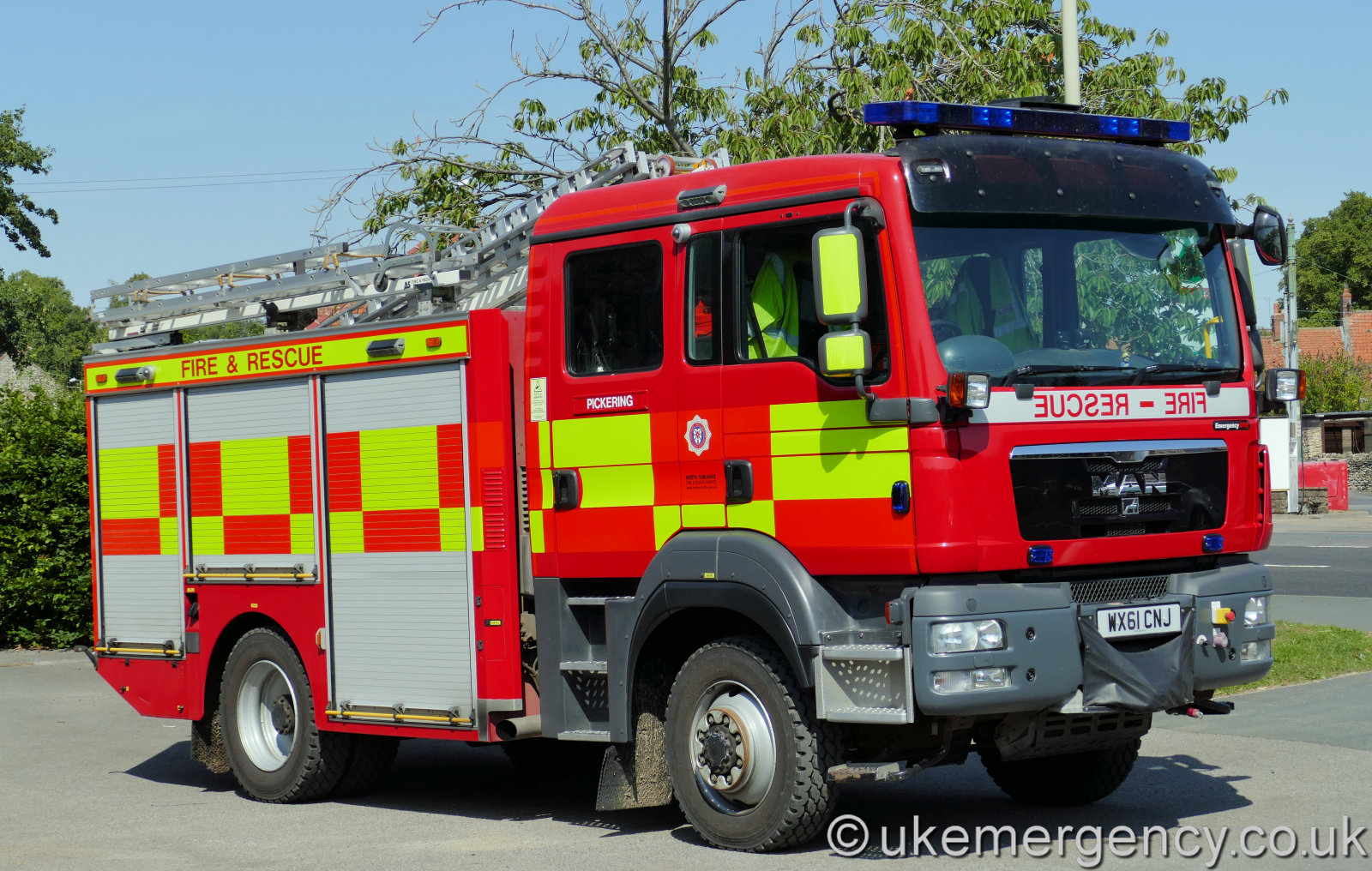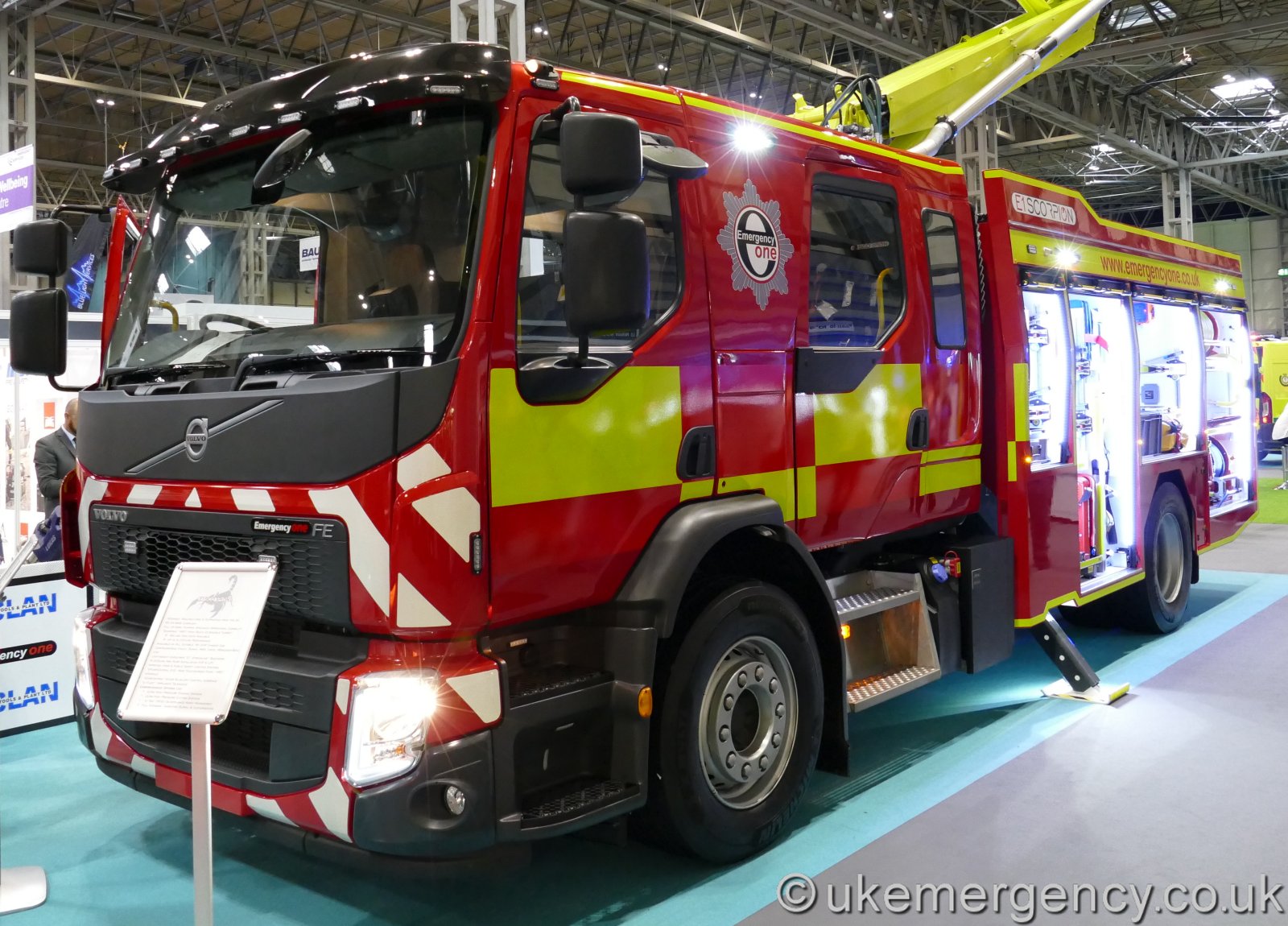Emergency One is a critical topic that addresses the need for rapid response services in times of crisis. Whether it's a medical emergency, fire, or natural disaster, understanding how to effectively utilize emergency services can save lives and property. This article aims to equip you with all the essential information you need regarding Emergency One, ensuring that you are prepared in any situation.
In today's fast-paced world, emergencies can strike at any moment. Thus, knowing how to respond and who to contact is vital. Emergency services are designed to provide immediate assistance, and having a clear understanding of how these systems operate can make a significant difference. This guide will explore the various aspects of Emergency One, from its history to specific services available in your area.
Additionally, we will discuss the importance of training and preparedness when it comes to emergencies. Whether you're a business owner, a parent, or simply a concerned citizen, being informed about emergency protocols is essential for the safety of yourself and those around you.
Table of Contents
History of Emergency Services
The concept of emergency services dates back centuries, evolving from primitive forms of community assistance to structured organizations that respond to various crises. Initially, communities relied on volunteers to address emergencies. However, as cities grew and populations increased, the need for organized emergency services became apparent.
By the 19th century, formal ambulance services began to emerge in Europe, providing dedicated medical assistance. In the United States, the establishment of the first ambulance service occurred in 1865. This marked a significant turning point in emergency care, leading to the development of more specialized services over the years.
Types of Emergency Services
Emergency services can be broadly categorized into several types, each providing specific support during crises:
- Medical Emergency Services: These include ambulances and paramedic services that respond to medical emergencies such as heart attacks, strokes, and accidents.
- Fire Services: Fire departments are responsible for responding to fires, rescuing individuals trapped in dangerous situations, and providing fire prevention education.
- Law Enforcement: Police departments address crime, maintain public safety, and respond to emergencies involving public disturbances.
- Disaster Response Services: These services coordinate responses to natural disasters such as hurricanes, earthquakes, and floods, often involving various agencies.
Emergency Medical Services (EMS)
EMS is a vital component of emergency services, providing immediate medical care to those in need. Trained professionals, including paramedics and emergency medical technicians (EMTs), are equipped with the skills and equipment necessary to stabilize patients and transport them to medical facilities.
Fire and Rescue Services
Fire and rescue services play a crucial role in emergency situations, not only by extinguishing fires but also by conducting search and rescue operations during disasters. Their training extends to various scenarios, including hazardous material incidents and technical rescues.
Emergency Response Protocols
Understanding emergency response protocols is essential for ensuring effective communication and coordination during emergencies. Here are key protocols to be aware of:
- Calling for Help: Knowing the correct emergency numbers (e.g., 911 in the United States) is the first step in managing an emergency.
- Assessing the Situation: Quickly evaluating the severity of the emergency can help responders prioritize their actions.
- Providing Information: When contacting emergency services, provide clear and concise information about the situation, including location and nature of the emergency.
Importance of Training and Preparedness
Training and preparedness are critical components of effective emergency response. Individuals and organizations should prioritize education on emergency procedures, first aid, and CPR. Here are some key aspects to consider:
- Regular Drills: Conducting regular emergency drills ensures that everyone knows their roles and responsibilities during a crisis.
- First Aid Training: Learning basic first aid can empower individuals to assist others until professional help arrives.
- Emergency Plans: Developing and practicing emergency plans can minimize chaos during real emergencies.
Finding Local Emergency Services
Knowing how to locate local emergency services is essential for effective crisis management. Here are some tips:
- Online Directories: Utilize online resources to find local emergency service numbers and addresses.
- Community Resources: Many communities have resources available to educate residents about local emergency services.
- Mobile Apps: Consider downloading mobile apps that provide emergency contact information and resources.
Statistics on Emergency Response
Understanding statistical data related to emergency response can highlight the importance of preparedness. Here are some noteworthy statistics:
- According to the National Highway Traffic Safety Administration, over 4 million people receive emergency medical services each year in the U.S.
- Fires are responsible for over 350,000 residential fires annually, underscoring the need for fire services.
- Emergency response time can significantly impact survival rates, with every minute counting in medical emergencies.
Case Studies of Successful Emergency Responses
Examining successful emergency responses can provide valuable insights into best practices. Some notable case studies include:
- Hurricane Katrina (2005): This disaster revealed the importance of coordinated emergency response efforts and highlighted the need for effective communication.
- Boston Marathon Bombing (2013): The rapid response of emergency services saved numerous lives and demonstrated the effectiveness of training and preparedness.
Conclusion and Next Steps
In conclusion, Emergency One encompasses a range of services that are crucial in times of crisis. By understanding the types of emergency services available and the protocols to follow, you can be better prepared for any situation. Take the time to educate yourself and your community about emergency preparedness, and consider participating in training programs to enhance your skills.
We encourage you to leave a comment below, share this article with others, and explore more resources on emergency preparedness. Together, we can create a safer environment for everyone.
Thank you for reading, and we look forward to seeing you back on our site for more informative articles!
Article Recommendations



ncG1vNJzZmilqZu8rbXAZ5qopV%2BcrrOwxKdtaJ2dmr%2Bosc2csGannpp7qcDMpQ%3D%3D